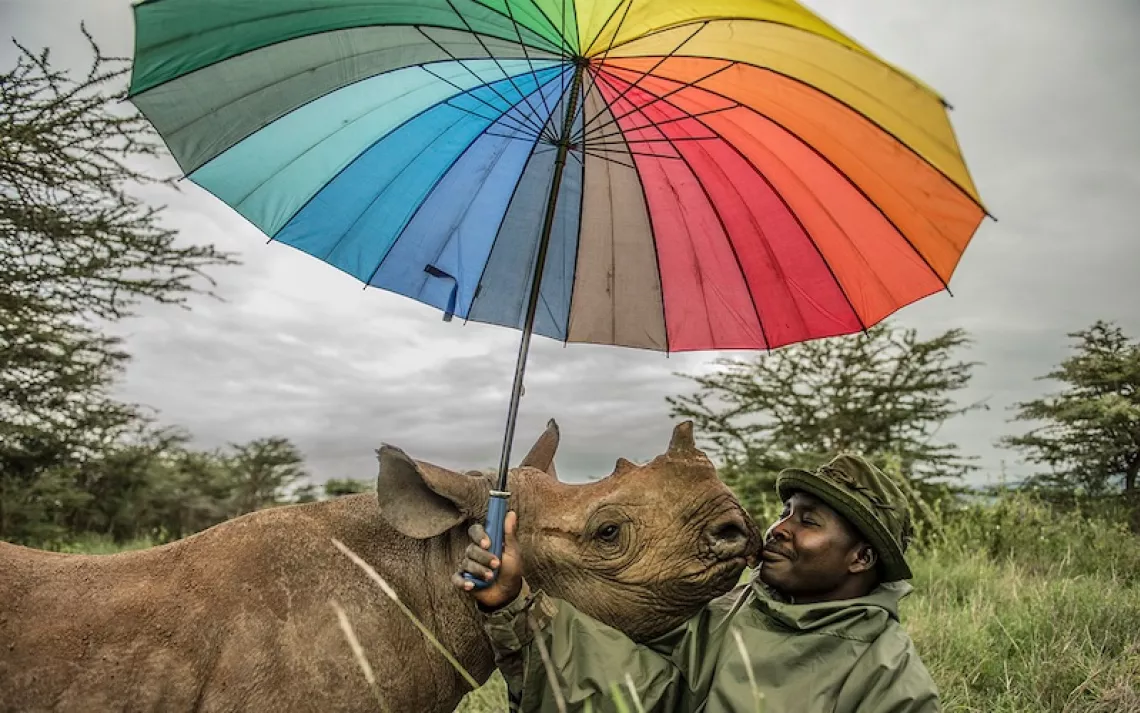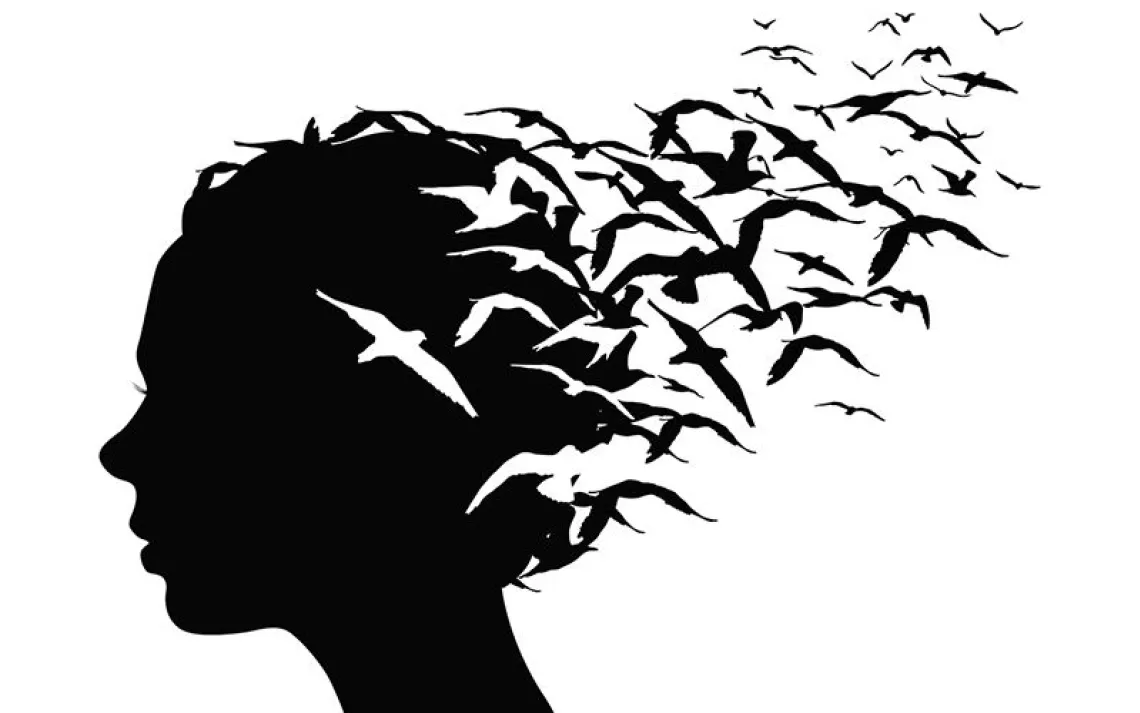Humans of the World: A Story in Numbers
There are now more people, but they have fewer children
Infographic by Juliana Pedemonte
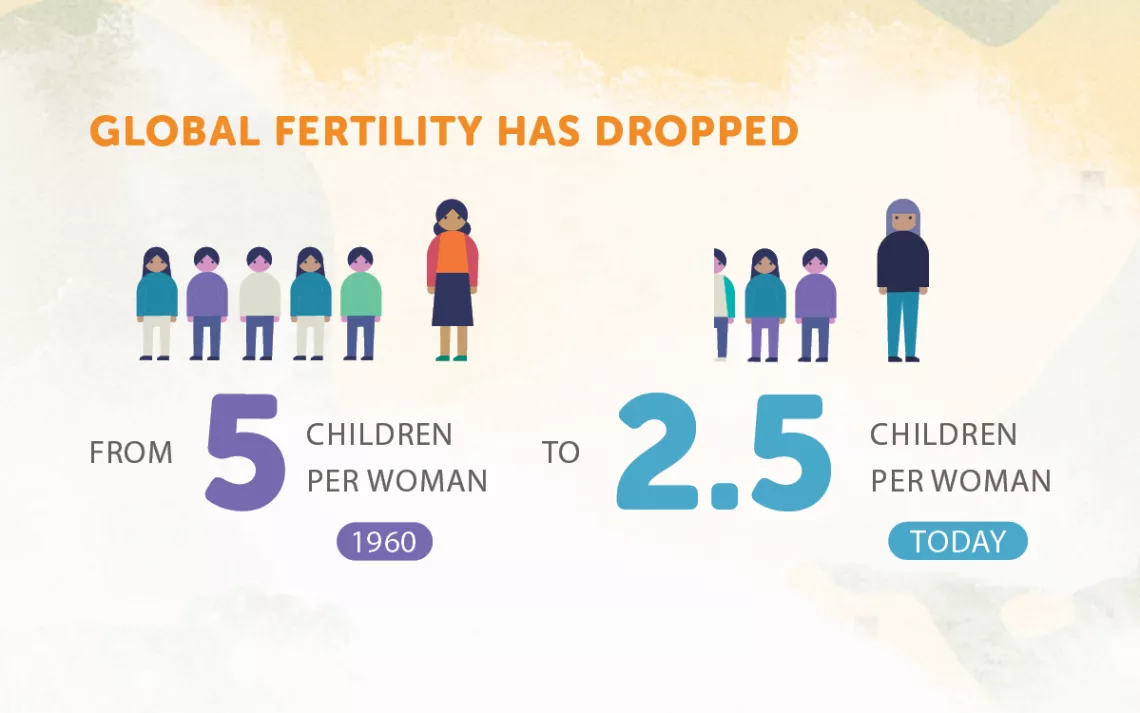
Humanity has undergone a remarkable shift since the end of the 19th century, when it was common for parents to live through the death of a child—often several children. As better nutrition and advances in medicine decreased child mortality rates, the global population grew swiftly. At the same time, in countries where women had access to education, good jobs, and birth control, the rate of growth began to decline. But in many parts of the world, access to education and contraception has been slow to arrive. Even in the United States, modern contraception was difficult to get before the 1960s.
Still, while the human population grew from 3 billion to 7.7 billion between 1960 and today, the rate of population growth halved—there are now more people, but they have fewer children. According to the United Nations, the human population will peak around 2100, at 10.9 billion, before leveling off, at 1.9 children per woman. Some think that "peak child" could happen sooner, at 9 or 10 billion. In the coming decades, children will make up an increasingly smaller percentage of the population. Which means that as we face the unprecedented challenge of climate disruption, humans will be older—and, hopefully, wiser.
Research contributed by Mukta Patil
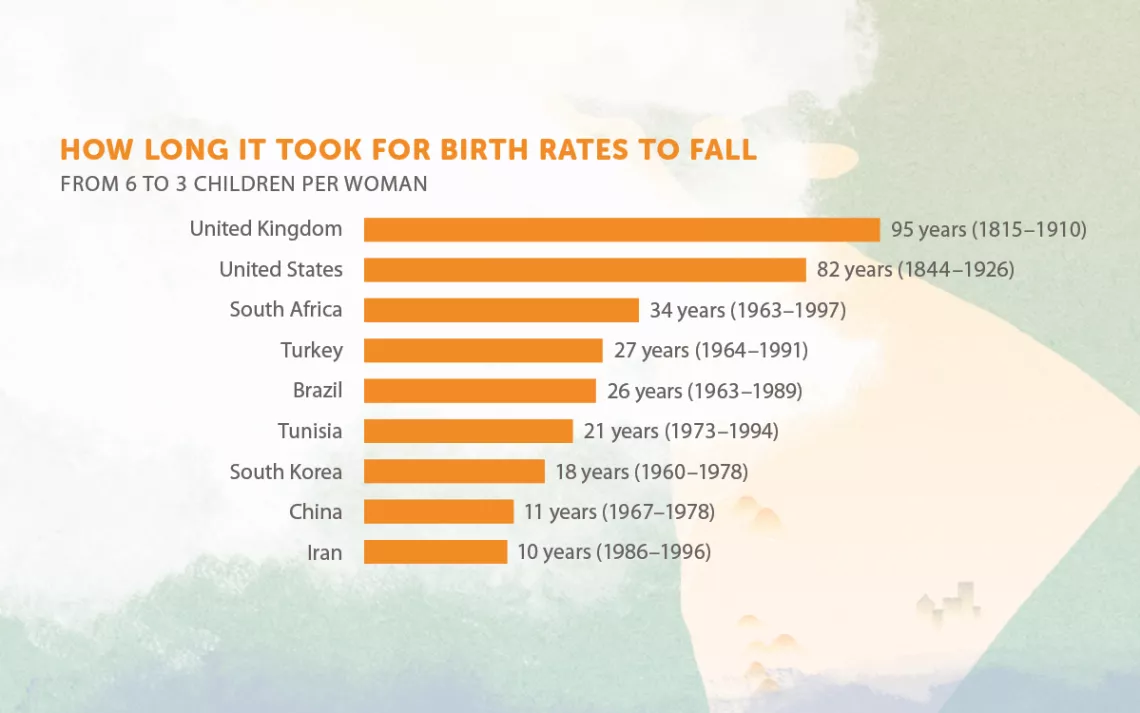
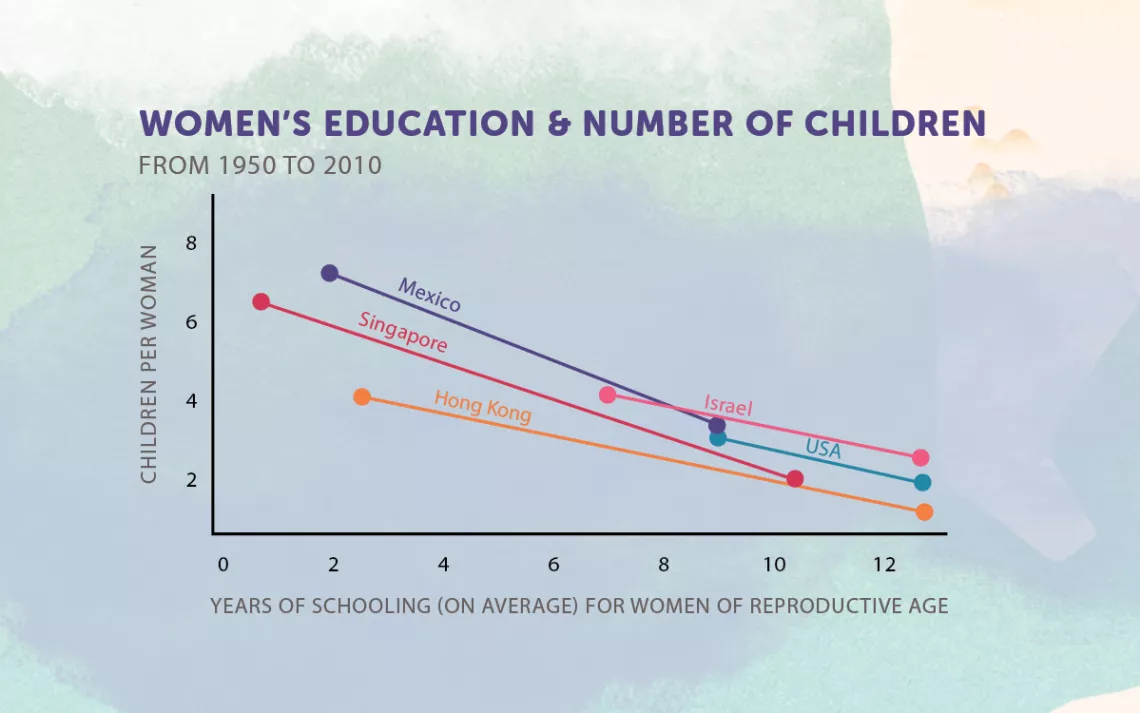
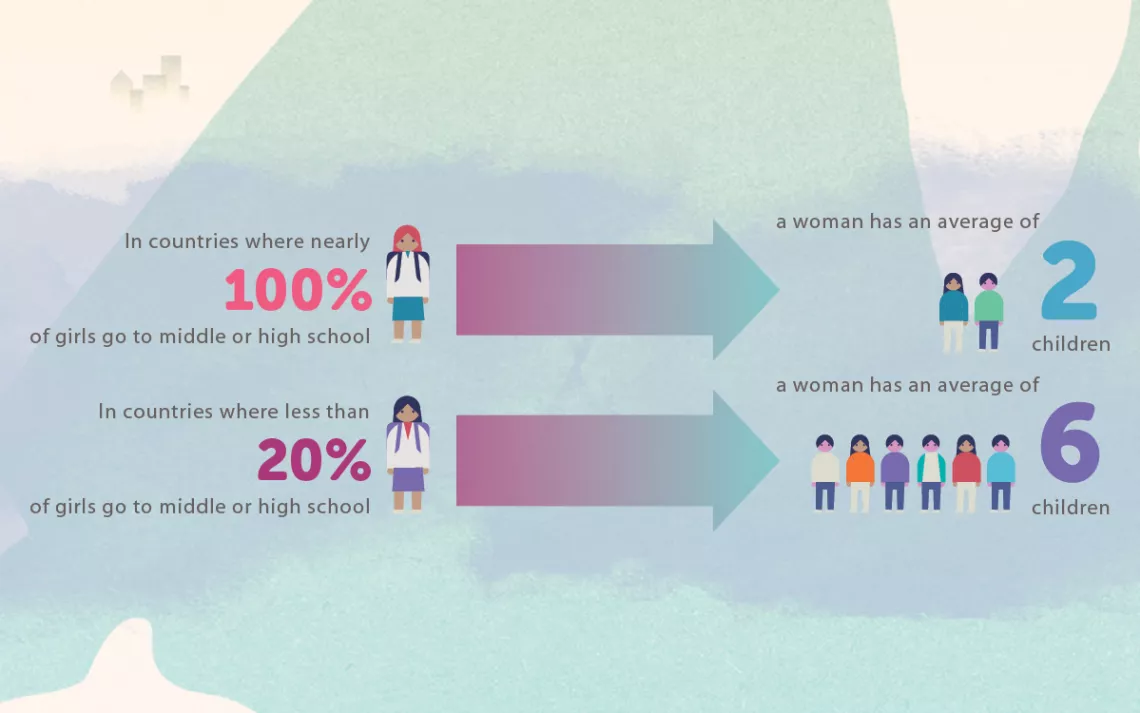
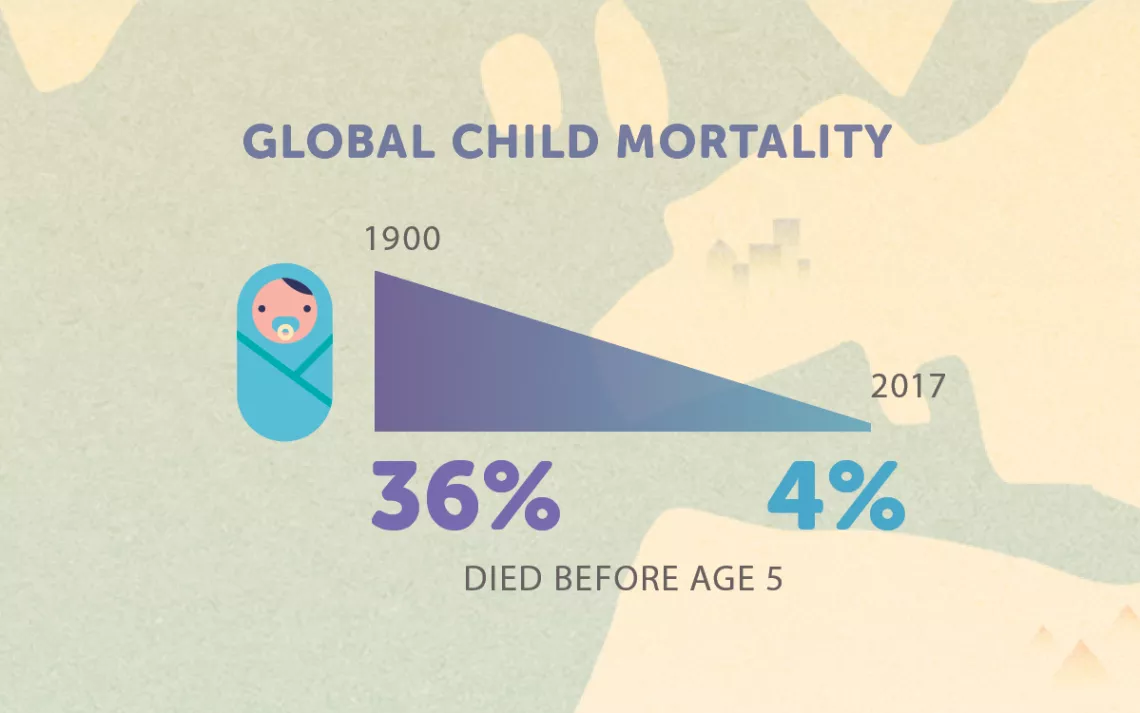
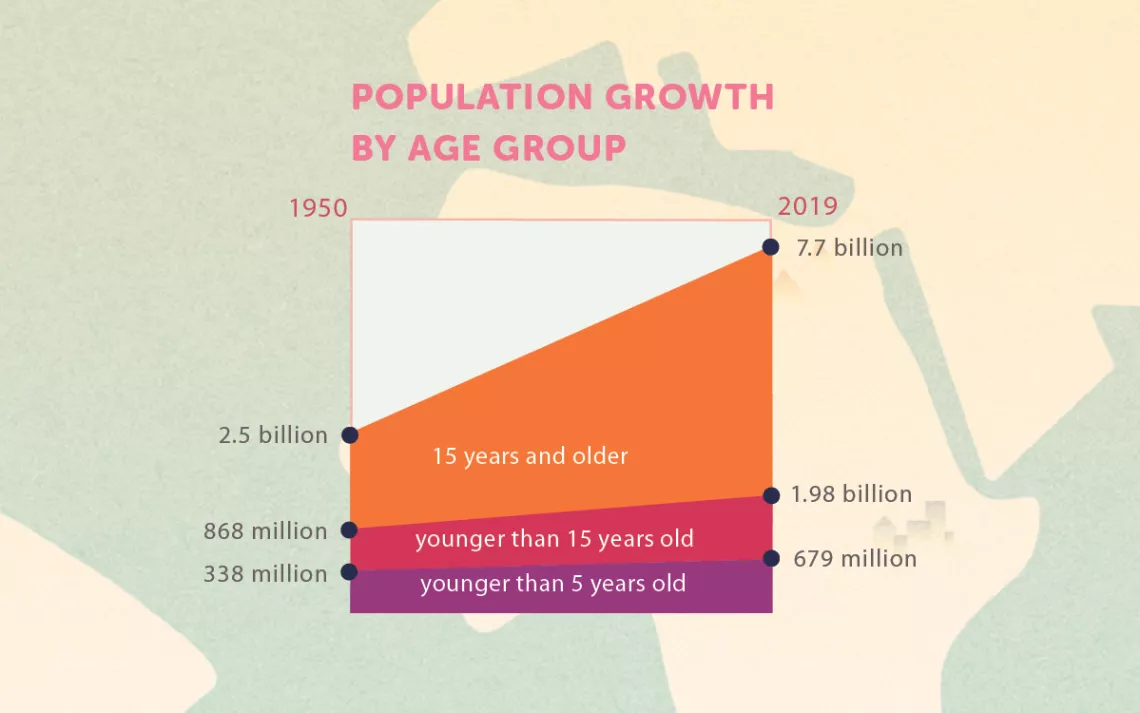

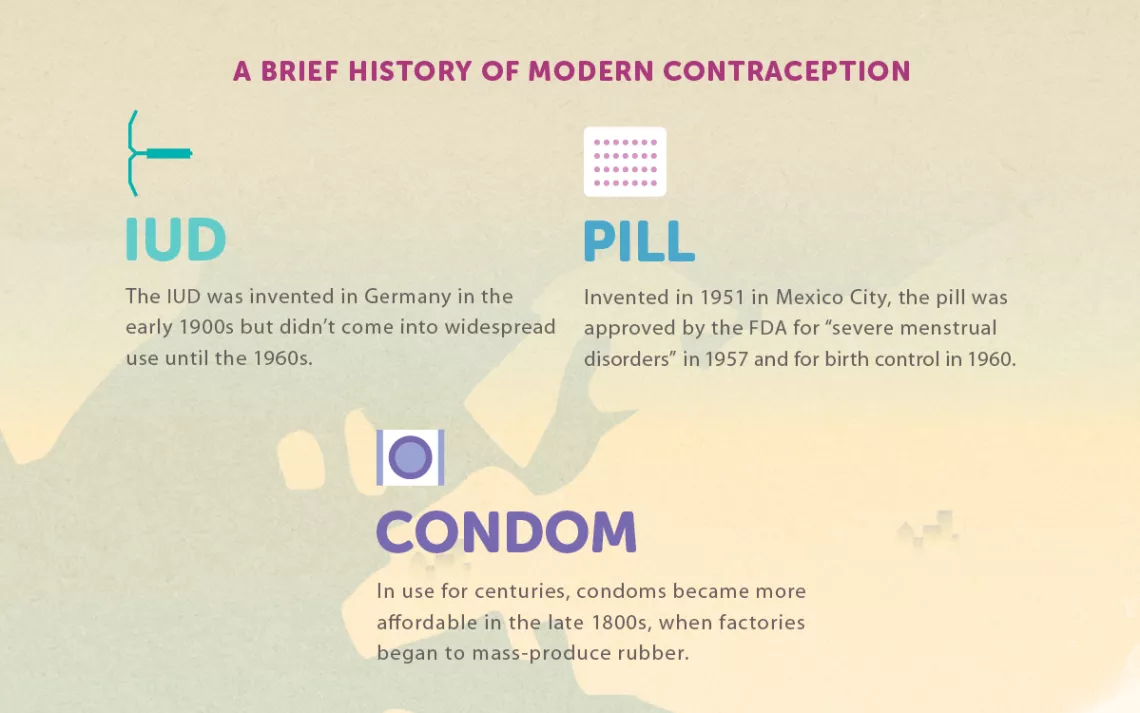
This article appeared in the November/December 2019 edition with the headline "Peak Baby Is Closer Than You Think."
This article was funded by the Sierra Club's Gender, Equity, and Environment program.
 The Magazine of The Sierra Club
The Magazine of The Sierra Club
